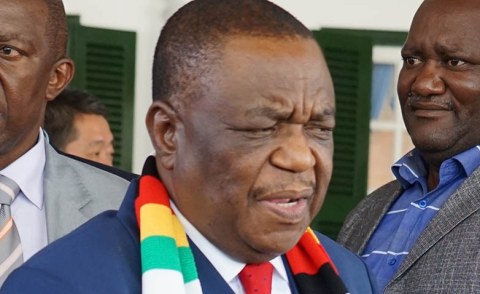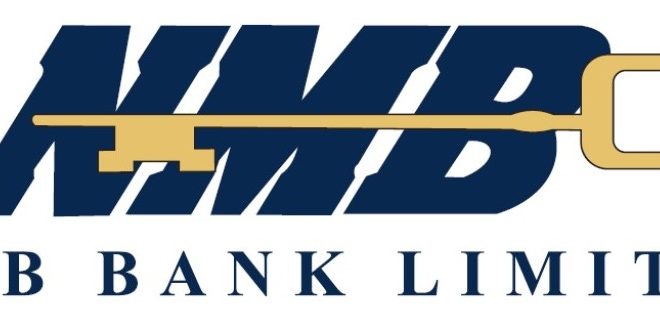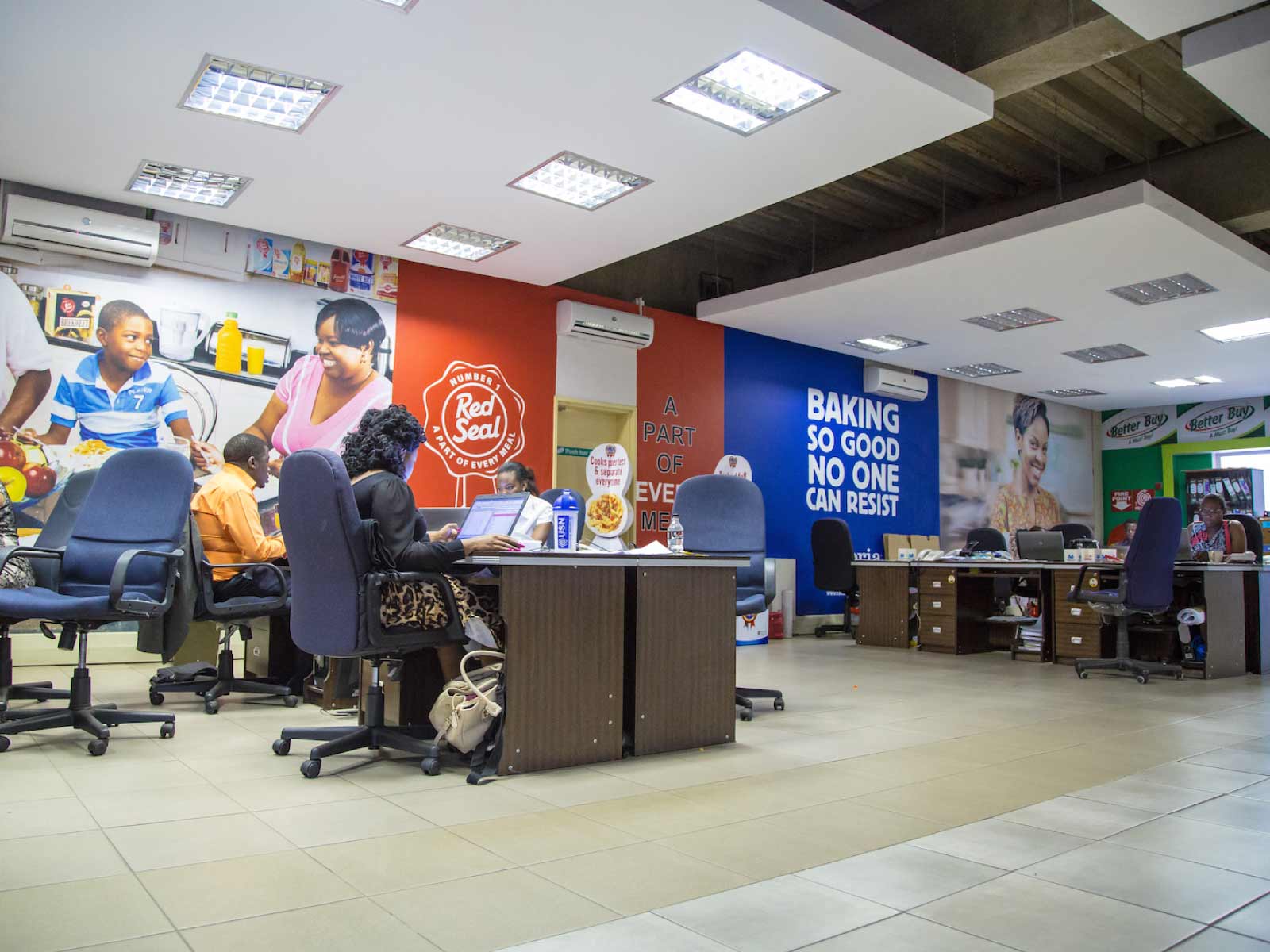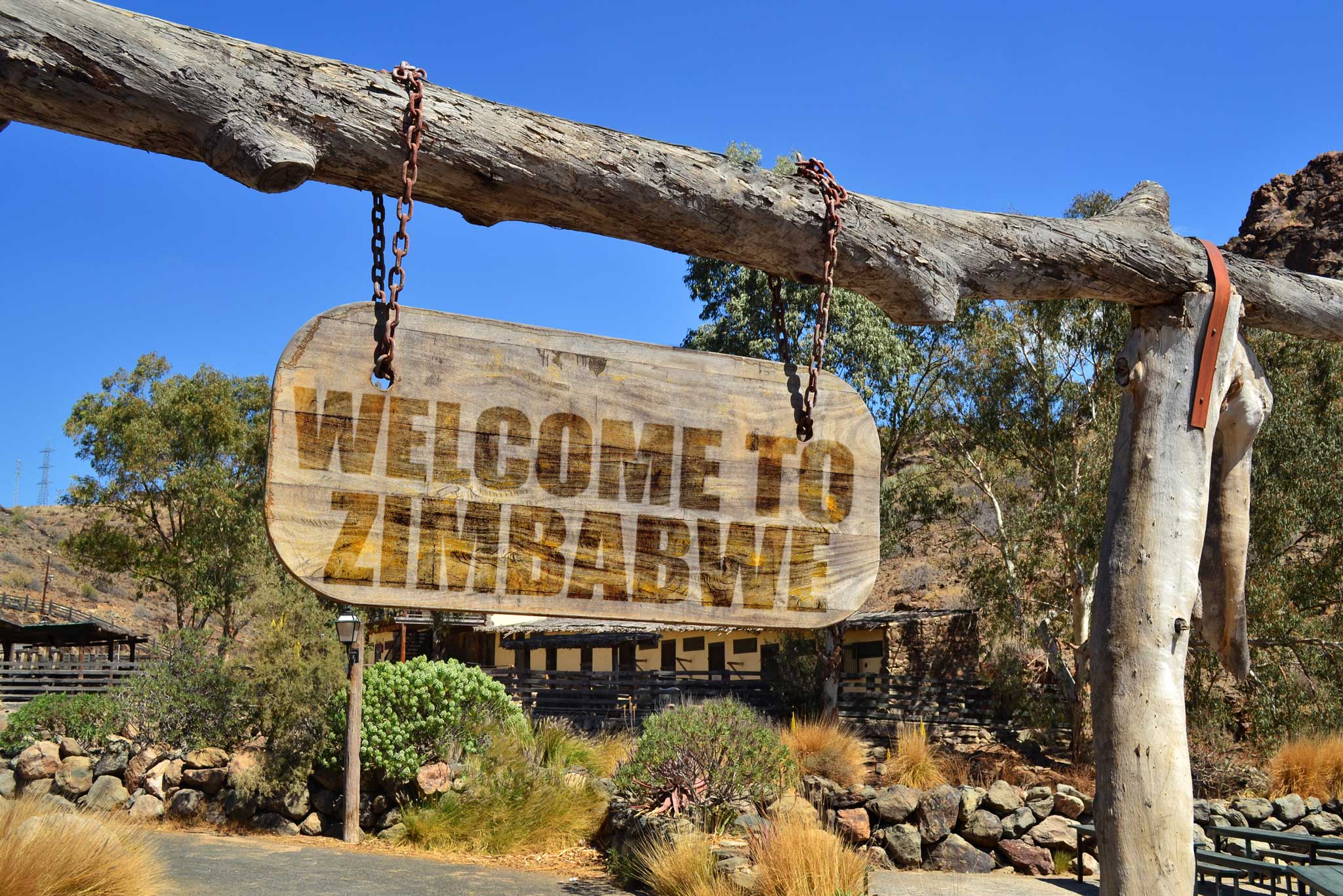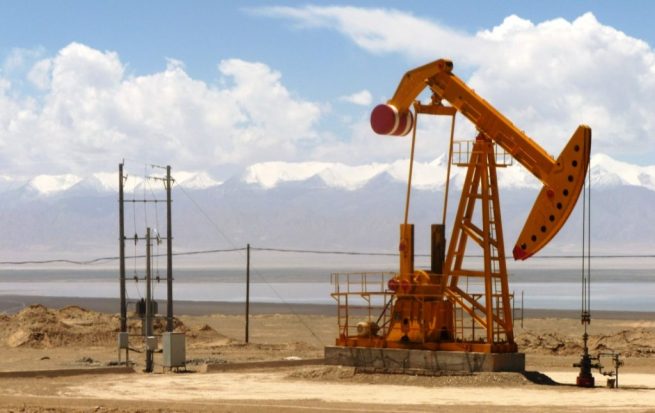Invictus on course to start well drilling
INVICTUS Energy will soon start the drilling of the first exploration well to confirm the presence of commercial quantities of oil and gas at the Cabora Bassa Basin in Muzarabani.
Invictus Energy managing director Scot McMillan described the first exploration well drilling phase as the “most exciting part.”
The Australia-headquartered firm, which is exploring oil and gas in Muzarabani in Mashonaland Central province, has brought the Exalo rig 202 to the Mukuyu-1 well site and is now being assembled.
In the early 1990s, a French-based company, Mobil carried out initial seismic surveys but
decided not to follow it up.
And Invictus, using modern data processing techniques, reprocessed the data gathered
and has obtained overwhelming evidence that the underlying geological structures had
the domes and traps that could indicate oil and gas in Muzarabani.
Speaking on ZBC Radio Station’s Classic 263 on Tuesday afternoon, Mr McMillan said:
“We are going to be drilling Mukuyu-1 well so that we test the prospect to determine
whether or not there is in fact commercial accumulation of hydrocarbons in the Cabora
Bassa Basin in the north of the country.
“So, the first thing so far is to assess the basin’s potential through some legacy data that
was acquired by Mobil we then went to acquire some brand new technology and process
and on top of that we are drilling one of the targets that we have identified from there
and that will approve or disapprove whether there is oil and gas in the basin.”
The oil and gas exploration firm intends to drill two exploration wells in the Mukuyu
prospect.
“We are getting close now to the most exciting part which is the actual drilling of the
first exploration well.
“On the prospective resource side, we released a couple of weeks ago an updated
assessment from a petroleum resource consultancy with ERCE and that report is very
encouraging,” he said.
The independent report from ERCE estimates the gross mean recoverable conventional
potential of the Mukuyu prospect at a combined 20 Tcf (trillion cubic feet) and 845
million barrels of conventional gas condensate, or about 4,3 billion barrels of oil
equivalent (boe) on a gross mean unrisked basis.
“So, I must say these are prospective resources and to put it in layman’s terms, its
basically like a preview estimate of the potential volume but it doesn’t mean it has been
discovered as I mentioned earlier whether we can prove the presence of commercial
quantities of oil and gas by drilling a well or a borehole,” said Mr McMillan.
Under the drilling campaign, the Mukuyu-1 well will be drilled to around 2 500 metres
beneath the surface and Invictus would then make an assessment of the targets to be
drilled and establish how big that potentially can be.
“You need to do that to really assess whether it’s commercially viable or not for you to
continue.
“So, you do that exercise to identify firstly what the size of the potential targets is.
“Secondly, where exactly to test those targets and trajectories of the boreholes that you
need to drill sub-surface, so ours is going to be a deviated well and we will be drilling
first 1 200 metres vertically and then we roll incline the well to an angle of about 34
degrees to chase the targets,” he said.
Mr McMillan said oil and gas drilling and exploration was relative an expensive exercise
by comparison to boreholes used for minerals in Zimbabwe.
“It takes quite a long time to gather a lot of data before we get to that drilling phase and
it’s relatively expensive by comparison to drills or boreholes that we are used to in
minerals in Zimbabwe,” he revealed.-The Herald




